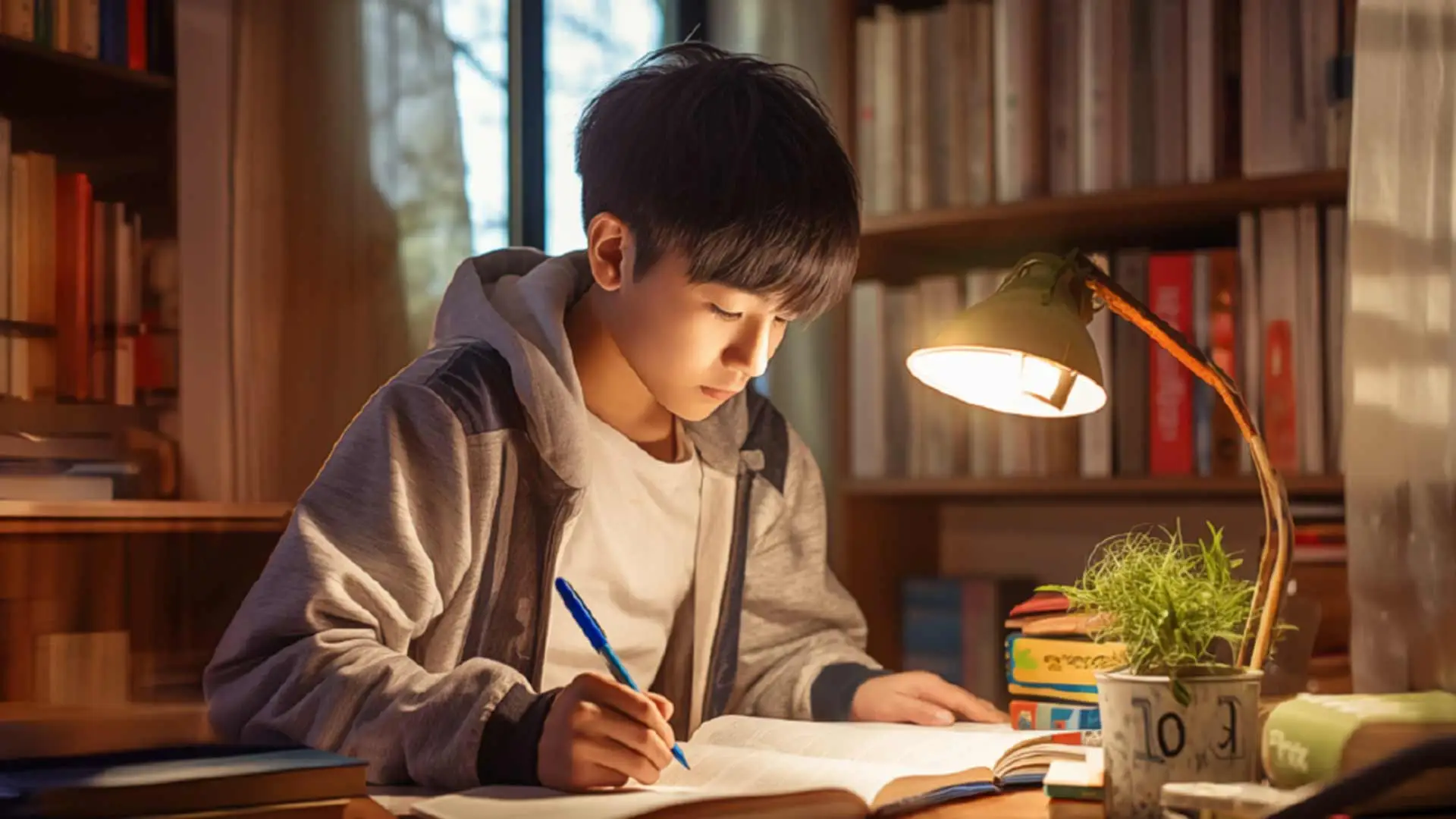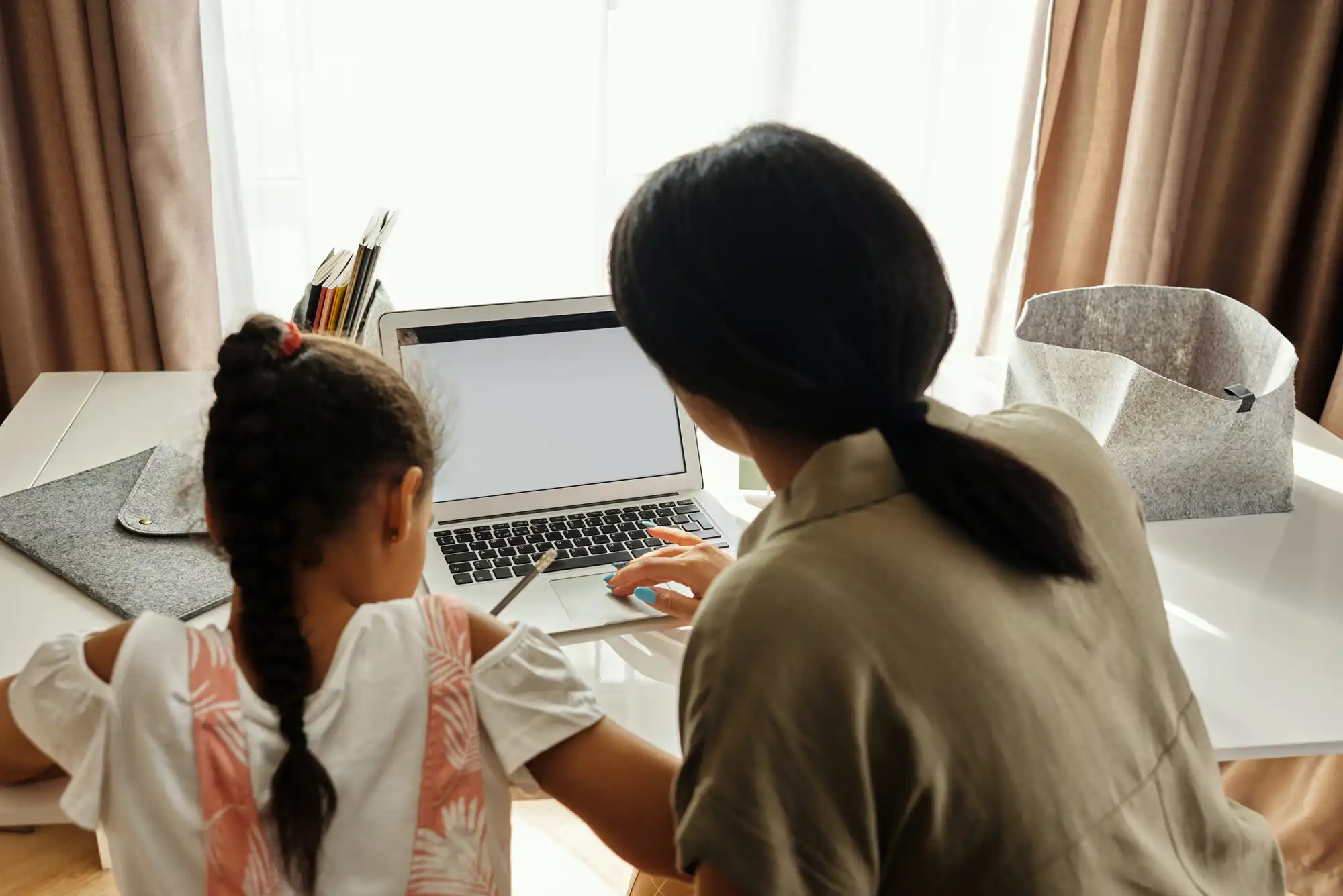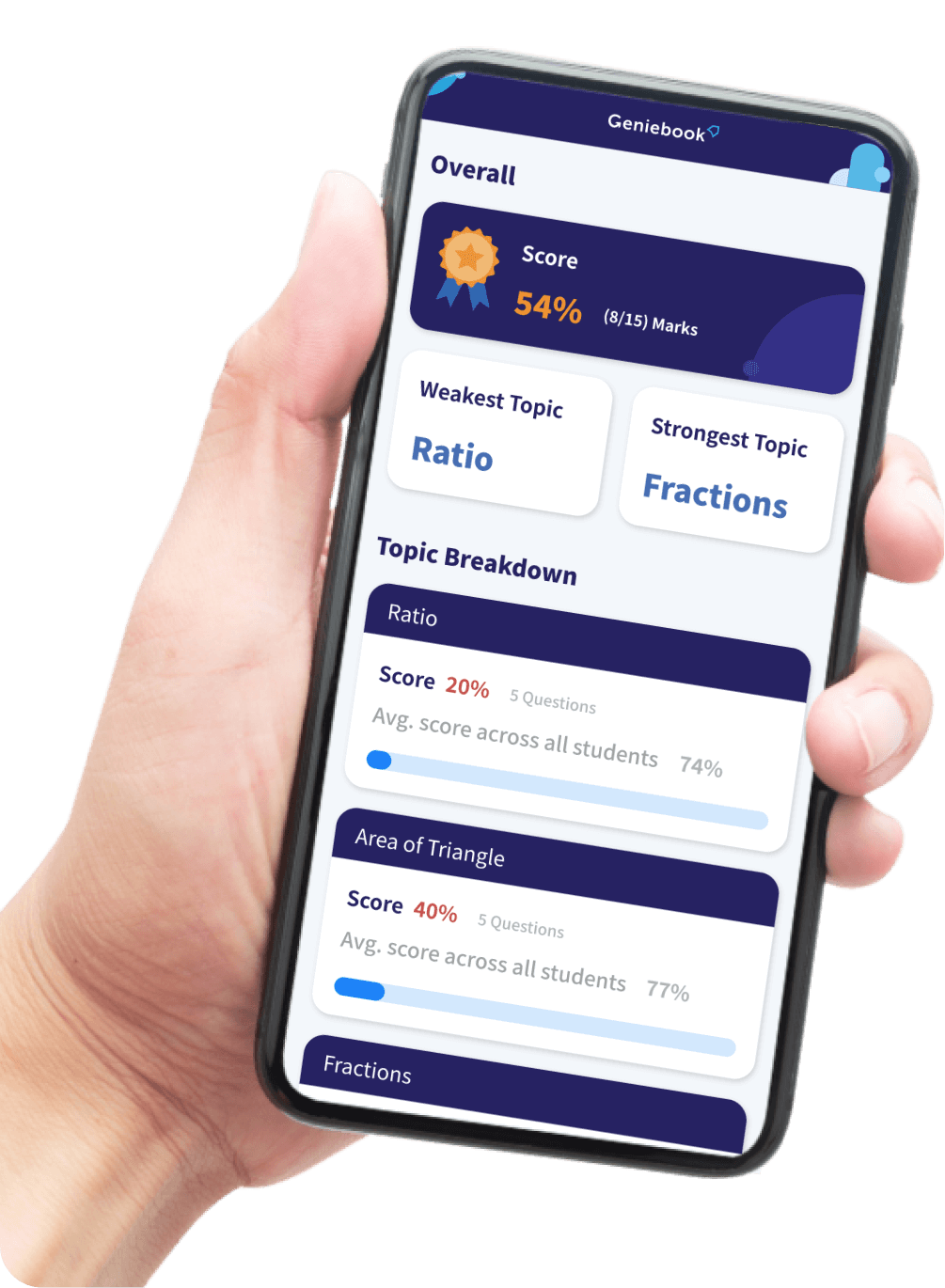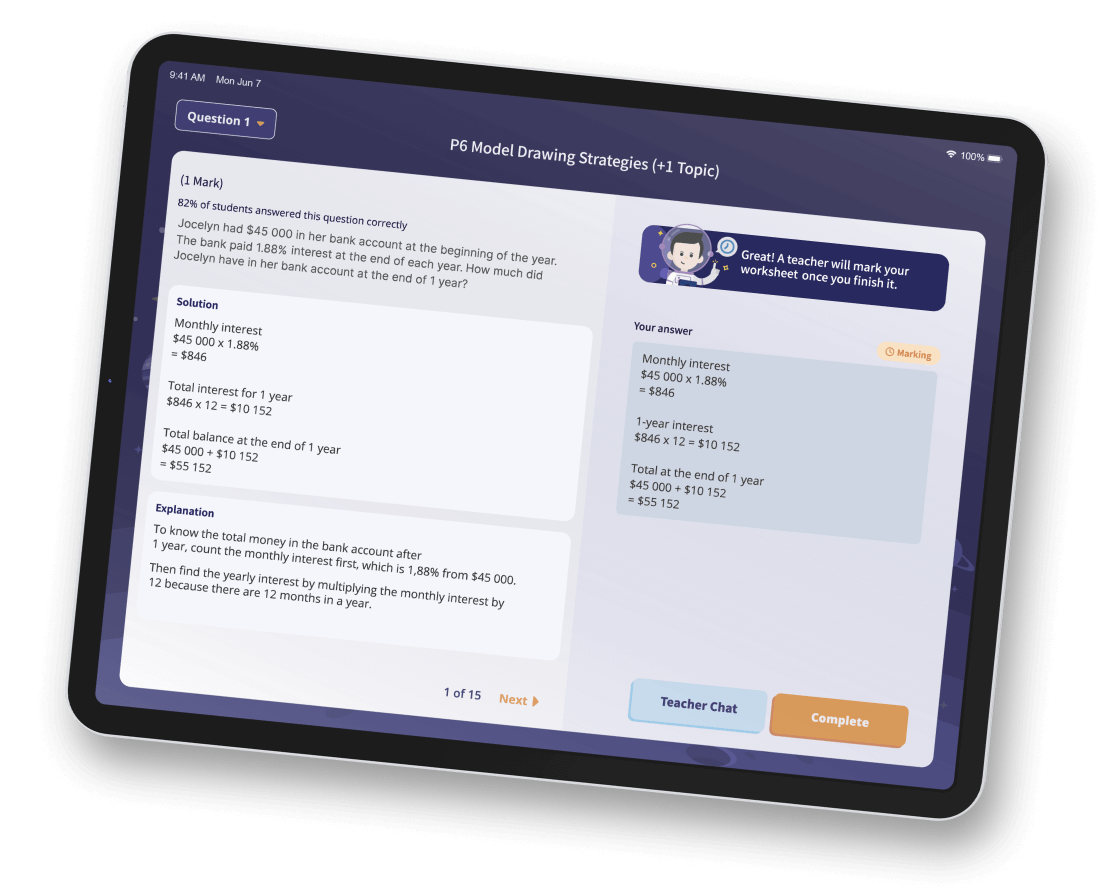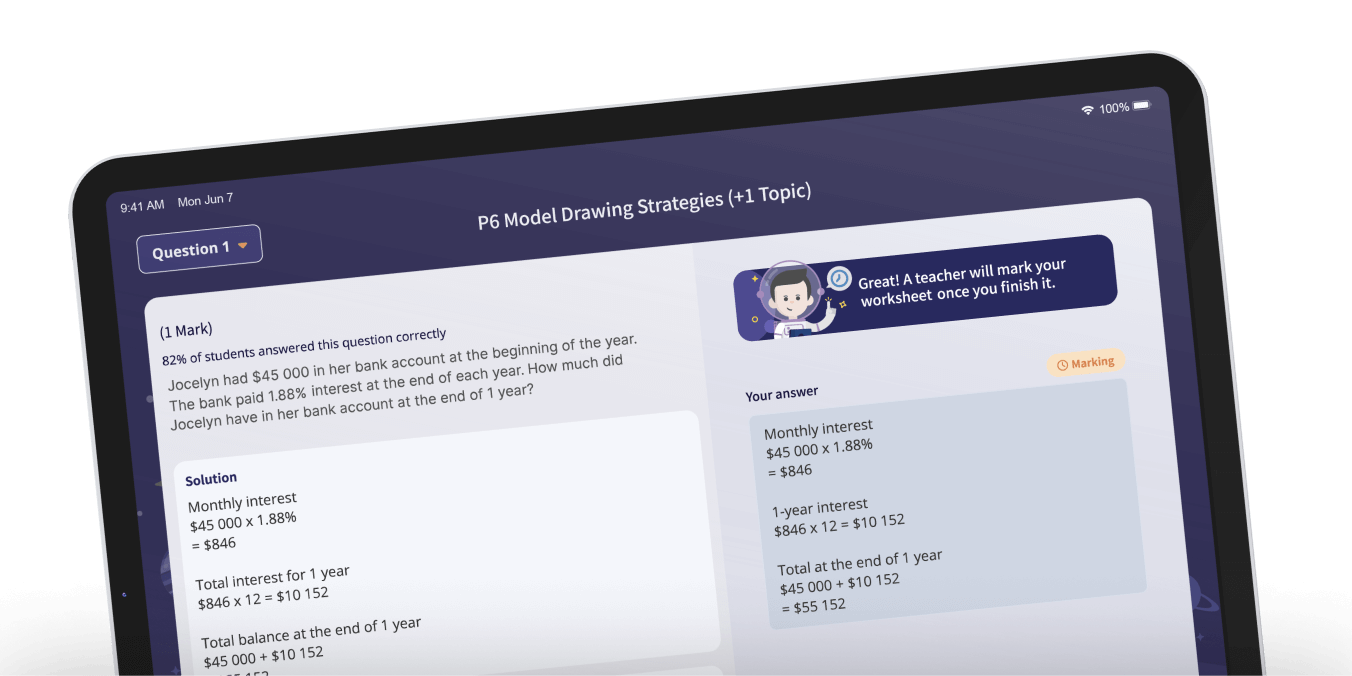The importance of active listening
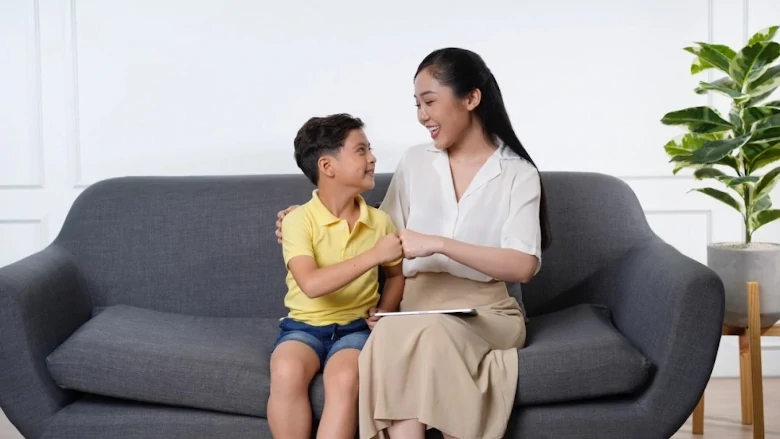
In a world filled with curiosities and wonder, it’s easy to zone out and lose focus. How can parents then get their children to practise active listening in school or at home?
What is active listening?
Active listening is defined as a type of communication skill that involves going beyond simply hearing what someone says, where the listener tries to seek an understanding behind the meaning and intent behind what they’ve just heard, as well as ask questions and engage in conversations effectively. Active listening requires one to be an active participant in these communication processes.
It is a valuable skill that helps improve communication, reduce misunderstandings, and build stronger relationships. When your child is listening actively, they can better understand the people around them in school and at home, such as their teachers, classmates, friends, and family members. Here are 6 ways to nurture active listening in your child.
1. Set a good example
Children learn through sight as they observe the people present in their daily lives. That means they tend to imitate their parents, family members, and even their close friends. When speaking to your child, make sure you are actively listening to what they say. Show them clearly that you are paying full attention, ask relevant questions, and respond appropriately! This will teach your child that listening is a two-way street.
2. Create an environment that encourages active listening
Make sure there are no distractions when you are speaking to your child. For instance, turn down the volume of the television, put away your phone, and give them your undivided attention. This will show your child that you care about what they have to say and that listening is important. You can also encourage your child to do the same when they are listening to others.
3. The importance of body language
Nonverbal cues such as eye contact, nodding, and facial expressions help someone understand that you’re listening to them actively. Teach your child to make eye contact with the speaker, nod to show they understand and shake their head if they don’t, and use facial expressions to express empathy or understanding.
4. Encourage questioning
Active listening involves the listener understanding what’s being said and clarifying information whenever necessary. Encourage your child to ask questions when they don't understand something or require clarification. This will help them to better understand what’s being said and engage in more meaningful conversations!
5. Summarise what was just said
After listening to someone speak, ask your child to summarise what was said. This helps them process and internalise what they’ve just heard, and ensure they’ve understood it correctly. It will also show the speaker that your child was actively listening and engaged in the conversation.
6. Praise your child for being an active listener
When you observe your child being an active listener or demonstrate active listening skills, be sure to acknowledge what you’ve just seen and praise them! This encourages them to continue practising and developing these skills, and would also show your child that you value the efforts they’ve put in and are proud of their progress.
Conclusion
You can encourage and support your child in developing active listening skills through the aforementioned ways. Through this, you are helping your child become an effective communicator, build stronger relationships, and achieve greater success in school and beyond!


 SG
SG  VN
VN 

